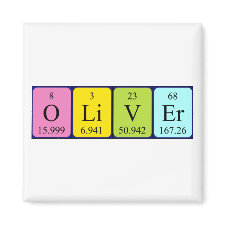
Authors: Hayden O
Article Title: One Binder to Bind Them All.
Publication date: 2016
Journal: Sensors
Volume: 16
Issue: (10)
Page numbers: ArticleNo1665.
DOI: 10.3390/s16101665
Alternative URL: http://www.mdpi.com/1424-8220/16/10/1665/htm
Abstract: High quality binders, such as antibodies, are of critical importance for chemical sensing applications. With synthetic alternatives, such as molecularly imprinted polymers (MIPs), less sensor development time and higher stability of the binder can be achieved. In this feature paper, I will discuss the impact of synthetic binders from an industrial perspective and I will challenge the molecular imprinting community on the next step to leapfrog the current status quo of MIPs for (bio)sensing. Equally important, but often neglected as an effective chemical sensor, is a good match of transducer and MIP coating for a respective application. To demonstrate an application-driven development, a biosensing use case with surface-imprinted layers on piezoacoustic sensors is reported. Depending on the electrode pattern for the transducer, the strong mechanical coupling of the analyte with the MIP layer coated device allows the adoption of the sensitivity from cell mass to cell viability with complete reversibility
Template and target information: Review - MIPs in commercial sensors
Author keywords: sensor, Molecularly imprinted polymers, receptor, binder, healthcare, environment, life science, cells, quartz crystal microbalance, lithography, Aptamers



Join the Society for Molecular Imprinting

New items RSS feed
Sign-up for e-mail updates:
Choose between receiving an occasional newsletter or more frequent e-mail alerts.
Click here to go to the sign-up page.
Is your name elemental or peptidic? Enter your name and find out by clicking either of the buttons below!
Other products you may like:
 MIPdatabase
MIPdatabase









